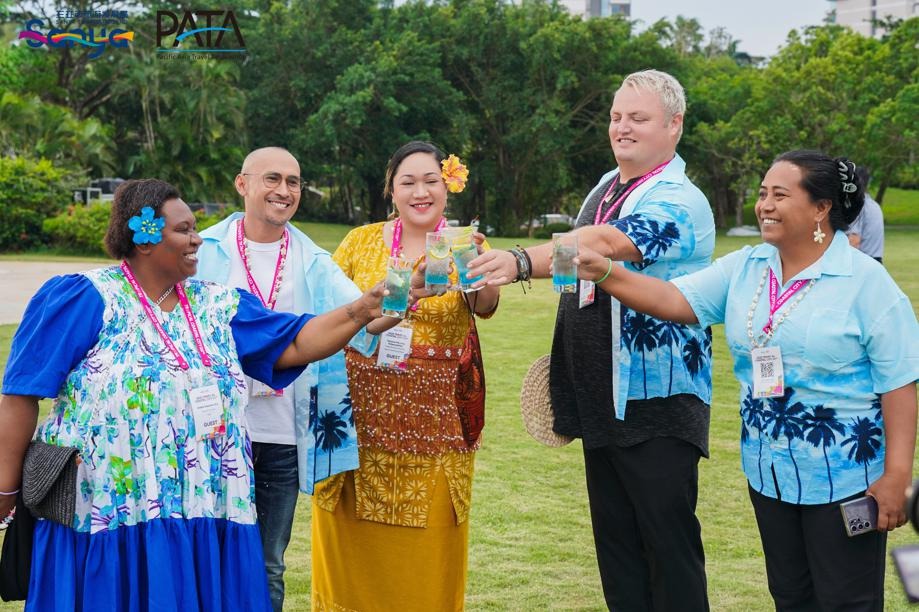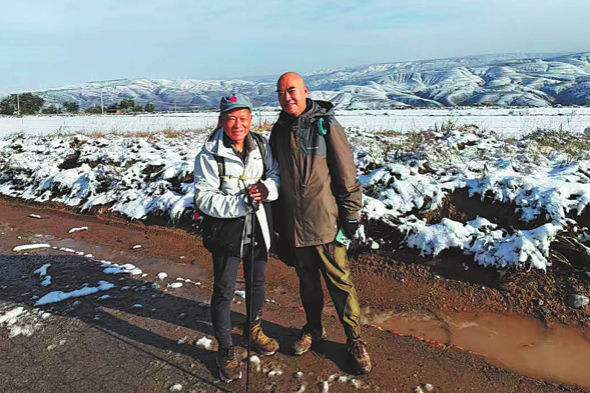Tibet to build on recent successes to raise residents' living standards

Future challenges
While the situation is improving, there is still much to be done, according to Norbu Dondrub.
"More than 400,000 people in the region still live in poverty, and 4,456 villages in 69 districts and counties have yet to see the situation improve. It will be hard work to lift all those people out of poverty by 2020," he said.
Developing industries based on local resources will remain a priority for the regional government this year, along with solving problems that have emerged in the application of preferential policies designed to help residents.
"Government-sponsored programs, including raising yaks, bottling spring water and producing hand-woven goods, are still small-scale ventures, and some of the new products are not very competitive in the market," said Zeng, from the Tibet Leading Group Office for Poverty Alleviation.
"Tibet's financial market is still in its infancy and requires much improvement, especially in terms of debt-repayment programs.
"We offer preferential policies to entrepreneurs and companies, but the market is still not as active as those in other provinces and regions."
He stressed that the people of Tibet are the crucial element in the fight against poverty, and more educational and health projects will be launched this year to enable them to earn more money and improve their standard of living.
- Henan retailer's reparation policy fosters workers' rights
- Shanghai offers blueprint for waterfront renewal
- University licenses smart fish feeding system for 20 million
- Shandong court sentences former insurance chief for bribery
- Culture high on agenda at Sanya tourism summit
- Chinese cities post strong performance in 2025 global innovation index





































